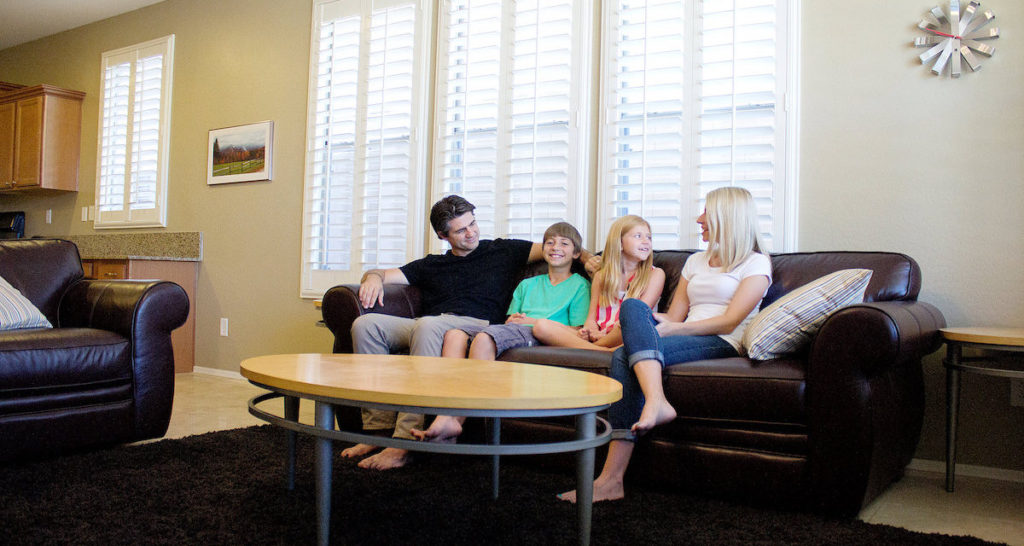Comprehending Minimalism: Methods for Minimizing Clutter and Enhancing Clarity in Everyday Living
Minimalism is increasingly recognized as a practical strategy to enhancing clearness and focus in today's cluttered globe. By methodically reviewing our ownerships and prioritizing intentionality, we can develop spaces that not only mirror our worths however likewise advertise psychological well-being.
Specifying Minimalism and Its Benefits
Specifying minimalism entails understanding it as a way of life choice that emphasizes simplicity and intentionality in both everyday routines and physical ownerships. At its core, minimalism encourages people to prioritize what truly matters, enabling a much more purposeful and concentrated existence. By removing the non-essential, minimalism invites people to involve deeply with their environments and experiences.
It promotes mental clearness, as lowering clutter in one's environment can lead to decreased distractions and anxiety. Minimalism promotes economic flexibility; by focusing on demands over desires, individuals can make even more informed purchasing decisions, leading to potential financial savings and reduced financial debt.
Eventually, minimalism is not merely about worldly decrease but includes an alternative shift in perspective, fostering a life defined by satisfaction, balance, and objective. Embracing this way of life can bring about extensive modifications in just how individuals regard and interact with the globe around them.
Assessing Your Current Mess
Clutter usually materializes as a frustrating build-up of things that no longer serve a purpose, developing a barrier to attaining a minimalist way of life. Take note of particular classifications of products, such as garments, publications, or kitchenware, as this will certainly help you recognize the extent of the clutter.

Furthermore, take into consideration the frequency of usage for each item. Eventually, understanding your present mess is a crucial action towards welcoming minimalism and improving quality in your daily living.
Practical Decluttering Techniques
Having examined your existing clutter, the next action is to carry out functional decluttering techniques that assist in a more organized living space. Minimalism. One reliable technique is the "Four-Box" technique, where you mark four boxes classified: maintain, donate, garbage, and relocate. This method urges quick decision-making and makes certain products are categorized properly
An additional approach is the "One in, One out" guideline, which specifies that for every brand-new item acquired, an existing product needs to be eliminated. This principle assists keep equilibrium and protects against accumulation in time. Furthermore, take into consideration the "30-Day Minimalism Game," where you get rid of one item on the very first day, two on the second, etc, cumulatively promoting a sense of accomplishment.
Restriction on your own to a details number of valued products, allowing you to value their relevance without frustrating your room. By employing these techniques, you can produce a much more reliable and serene living room, inevitably improving clarity in your day-to-day life.
Producing Intentional Areas
Developing deliberate areas includes a thoughtful method to exactly how we layout and arrange our settings, ensuring each location serves a specific objective and shows our values. This practice is necessary in cultivating a feeling of clearness and objective in our lives. By critically analyzing the feature of each space, we can eliminate distractions and enhance our overall wellness.
To create deliberate areas, begin by identifying the primary tasks that will happen in each area. For instance, a home office need to be designed to foster performance, including elements such as adequate lights, comfortable furnishings, and very little disturbances. On the other imp source hand, a relaxation location ought to advertise harmony, featuring comforting colors and comfortable seating.
In addition, think about the psychological influence of your environments (Minimalism). Integrating individual things that reverberate with your values, such as artwork or plants, can boost the connection to your space. Frequently assess these environments to ensure they continue to serve their intended objective as your demands progress
Eventually, developing willful rooms has to do with making aware selections that align with your way of living, advertising harmony and efficiency in your living and working settings.
Keeping a Minimalist Frame Of Mind
Welcoming a minimal way of thinking requires ongoing representation and intentionality in our thoughts and actions. Set aside time to review your commitments, ownerships, and even electronic material, ensuring they align with your core principles.
This shift in perspective encourages appreciation for simplicity, boosting overall well-being. Integrating mindfulness strategies, such as reflection or journaling, can additionally reinforce a minimalist frame of mind by promoting clarity and minimizing mental mess.
In addition, establish boundaries to safeguard your time and power. Learn to say no to non-essential commitments and interruptions that do not add to your individual development. Surround yourself with similar people that sustain your minimalist journey, as shared worths can boost inspiration and responsibility.
Final Thought
In final thought, embracing minimalism supplies significant advantages, including lowered clutter and boosted clarity in everyday life. The concepts of minimalism offer as beneficial devices for growing a setting that supports personal growth and well-being.

Furthermore, consider the "30-Day Minimalism Game," where you eliminate one item on the initial day, two on the second, and so forth, cumulatively cultivating a feeling of success.
In verdict, accepting minimalism offers substantial advantages, including lowered clutter and improved quality in day-to-day life.
Comments on “Effective Methods for Embracing Minimalism in a Busy Way of living”